
It’s quite prevalent, even among many people in the general public and some filmmakers, to believe that critics dislike movies and find enjoyment in criticizing the creations of artists, which is more of a misconception than reality.
As a devoted cinephile, I must confess that it’s not movies we criticize, but rather the critical voices within ourselves. We adore films because they provide an escape from our internal struggles for a brief while, allowing us to immerse ourselves in diverse narratives, fantastical realms, and lives far removed from our own. For those precious hours, we can step into another’s shoes, feel emotions beyond our personal woes, and explore stories that broaden our horizons. Alas, as the credits roll and the lights come up, reality beckons once more, and we’re left to grapple with the familiar sights around us.
People don’t seek criticism out of dislike for films, quite the contrary. They do it because their passion for cinema is so immense that they eagerly seize any opportunity, however unprofitable as a talent or precarious as a career choice, to immerse themselves in thoughts about movies as much as they can.
The downsides to this choice are numerous: spending time away from your loved ones, working tirelessly at all hours, juggling additional jobs merely to cover living expenses in order to devote your evenings to composing a critique on the Fast & Furious series. However, the advantages are equally plentiful. They commence with the privilege of examining and commenting on films such as the 20 outstanding ones listed below, my top selections from the last two decades.
The 20 Best Movies of the Last 20 Years (2005-2024)
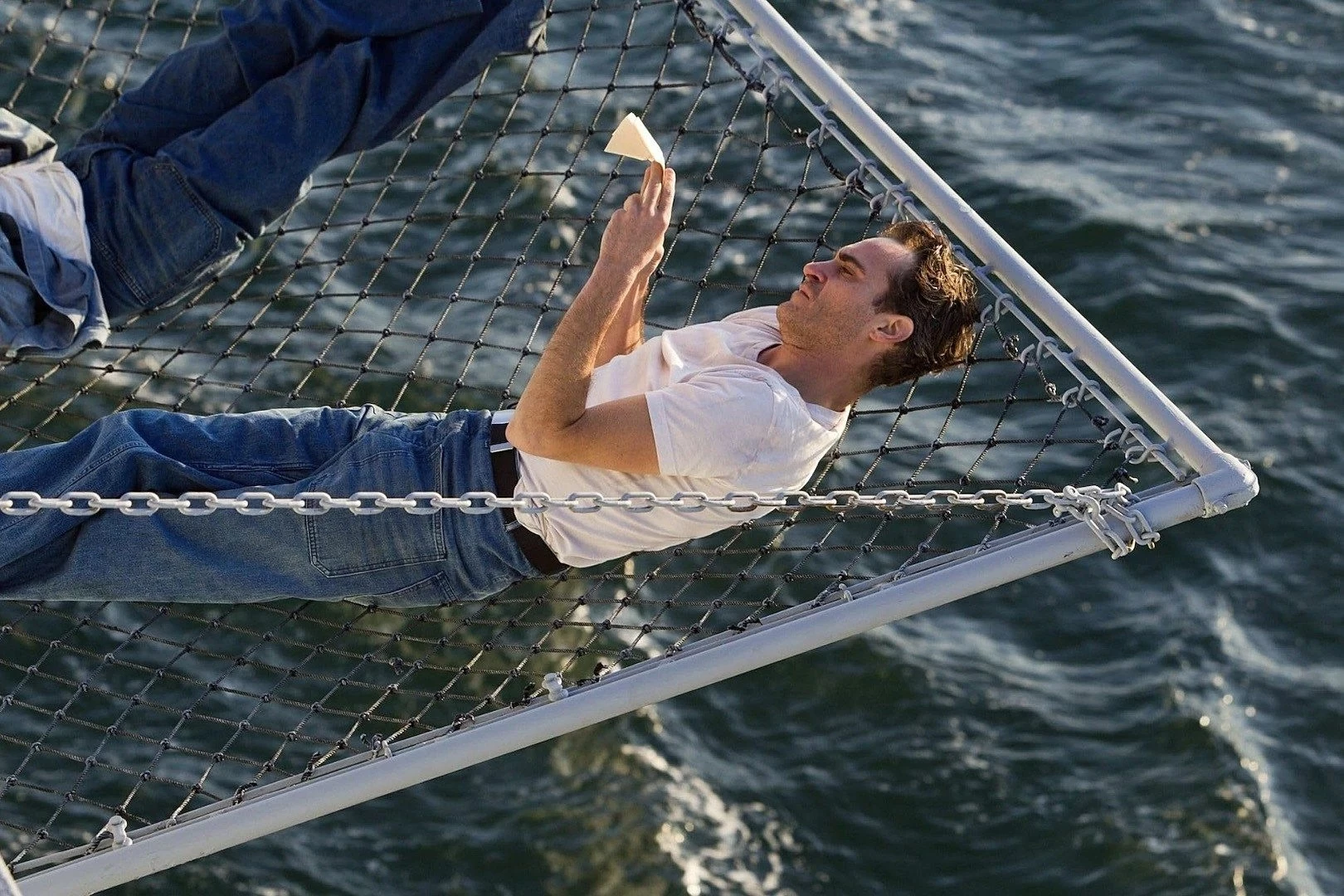
20. The Master (2012)
2012 saw many discussions revolving around Paul Thomas Anderson’s acclaimed film, The Master, focusing on its striking resemblances to L. Ron Hubbard and Scientology. Critics and viewers found the movie’s deeper meaning challenging to grasp. Is Lancaster Dodd, portrayed by the late Philip Seymour Hoffman, a genuine spiritual guide or a fraud inventing his teachings as he goes? What does he perceive in Freddie Quell, whose primal instincts challenge the core principles of Dodd’s beliefs? On rewatching it, I felt that The Master carries an equally strong theme of a complex love story, similar to Anderson’s Phantom Thread. Primarily, what struck me was the film’s emotional resonance in portraying a man who professes to erase past life traumas, yet struggles to assist even his most devoted follower with the trauma he experiences in the present.
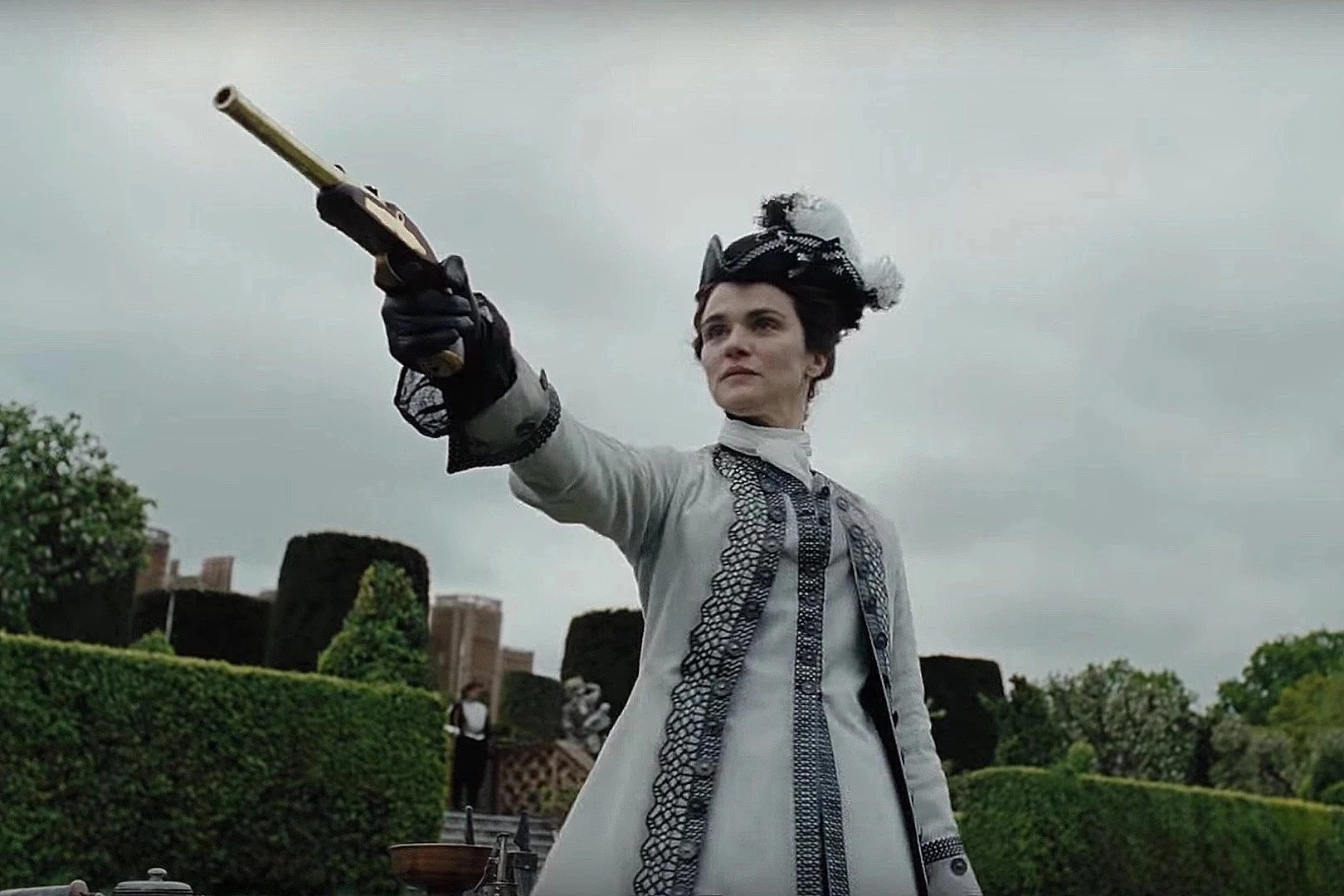
19. The Favourite (2018)
In terms of richness and satisfaction, “The Favourite” is as indulgent as a luxurious slice of cake. This film showcases a power struggle among the women who held sway in England during the early 18th century: cunning Lady Sarah (Rachel Weisz), manipulative Abigail (Emma Stone), and Queen Anne, a comical yet pitiful figure portrayed by Olivia Colman. Despite its appearance as a typical Awards Season Costume Drama, “The Favourite” was far from generic Oscar bait, even earning Colman the Best Actress award in 2018. It deftly explored themes of sexuality, gender roles, and politics while also offering some of the most subtly quotable lines of the century. Although one character remarks that favor is “a wind that constantly changes direction,” I believe “The Favourite” will continue to be a favorite of mine for a long time.

18. Holy Motors (2012)
In simple terms, “Leos Carax’s Holy Motors is like an extraordinary dream you experience without drifting off to sleep. It’s a burst of raw, unrestrained subconsciousness – or perhaps superconsciousness – and a poignant and thoughtful tribute to cinema, acting, and life, suggesting that they are all essentially intertwined. Denis Lavant plays the lead role as Oscar, a character who journeys through Paris in a limousine, seamlessly transitioning into various roles such as a motion-capture artist, a gangster, and a beggar. The specifics of Oscar’s profession remain unclear, but it is evident that Holy Motors serves as a potent declaration about the enduring enchantment – and unexploited possibilities – of cinema, even in an era when traditional movie-going experiences are dwindling, and the emerging models of distribution are threatened by piracy and novel cultural media.
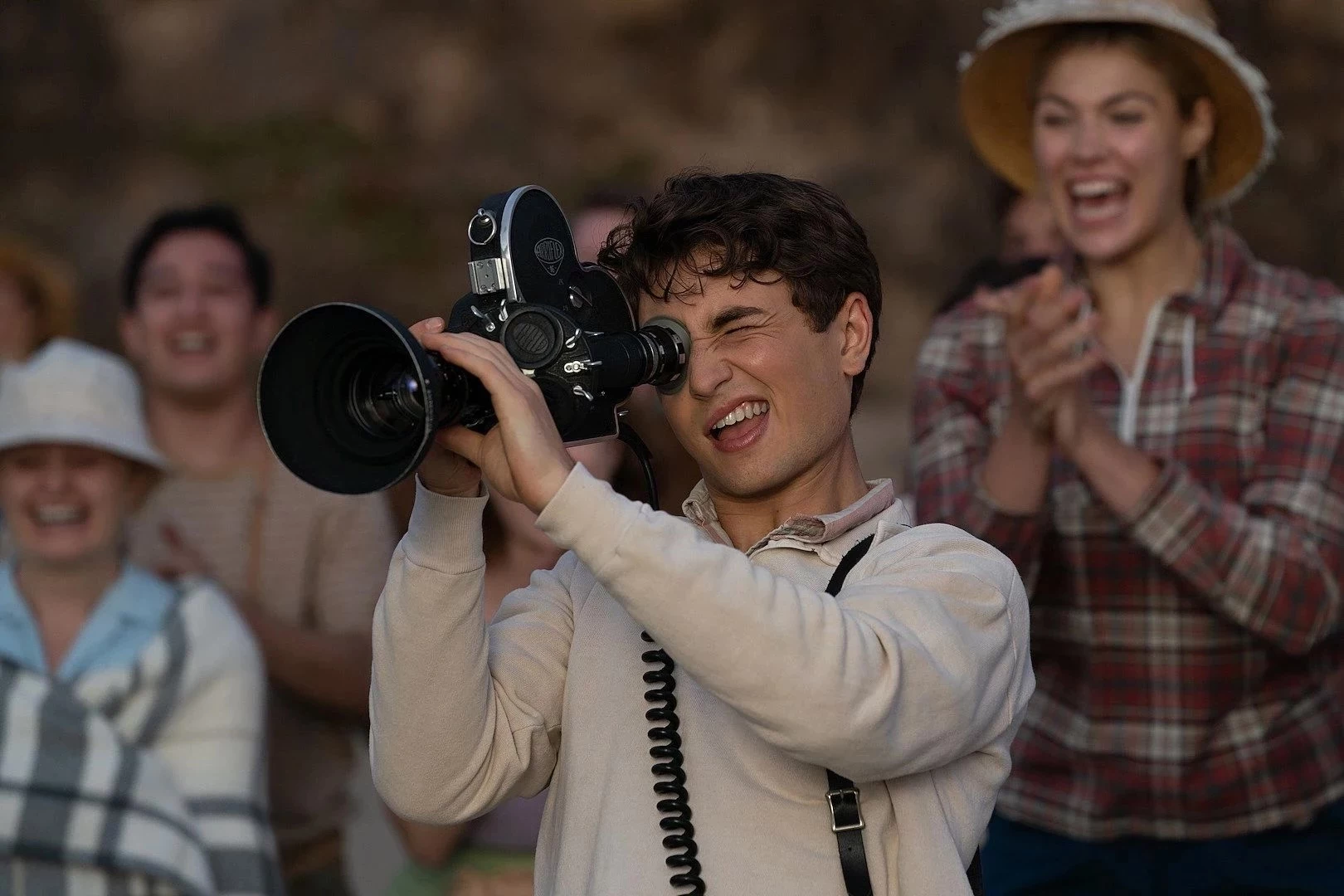
17. The Fabelmans (2022)
The standout feature of “The Fabelmans” lies in its ability to convey that, even after seven decades since the actual events depicted in its opening scene, Steven Spielberg’s passion for cinema has remained as vibrant as young Sammy Fabelman’s, who was captivated by “The Greatest Show on Earth” and eager to replicate the images he saw at home. Over the years, Spielberg has honed his skills in filmmaking, learning how to use visuals and sound to evoke emotions such as joy, empathy, fear, and understanding. However, he has never forgotten the reason behind it all.
In the case of “The Fabelmans”, the reason is to narrate his own genesis story, to shed light on both the bright and dark aspects of cinema and life. Cinema serves as a means for Sammy to deal with his anxiety and loneliness, but sometimes it exacerbates those feelings, both at home and in school. His blossoming interest in directing offers him a way to bond with his artistic mother (beautifully portrayed by Michelle Williams) – yet it also risks exposing her deepest secrets. Now, many years later, this hobby has equipped Spielberg with the means to tell this compelling tale, teeming with life, love, joy, and sadness. As all great films are.

16. Barb and Star Go to Vista Del Mar (2021)
Kristen Wiig and Annie Mumolo have returned with their highly-anticipated sequel to “Bridesmaids” in the form of this hilarious comedy. They not only wrote but also star as two friends who find themselves jobless at Jennifer Convertibles in Soft Rock, Nebraska after a long day of soft rock music. With no other options, they decide to splurge their severance on an extravagant trip to Florida. There, they both become smitten with a handsome stranger (Jamie Dornan) who is part of a plot to ruin the town using genetically-modified deadly mosquitoes (the old trope). Wiig and Mumolo deliver outstanding performances, humorously discussing topics like Tommy Bahama clothing and the charm of the name Trish. The script is witty and will be quoted for years to come, perhaps until the deadly mosquitoes arrive. In these challenging times, “Barb and Star Go to Vista Del Mar” has arrived like a pair of bedazzled pants, shining as a guiding light to lead us out of the darkness.
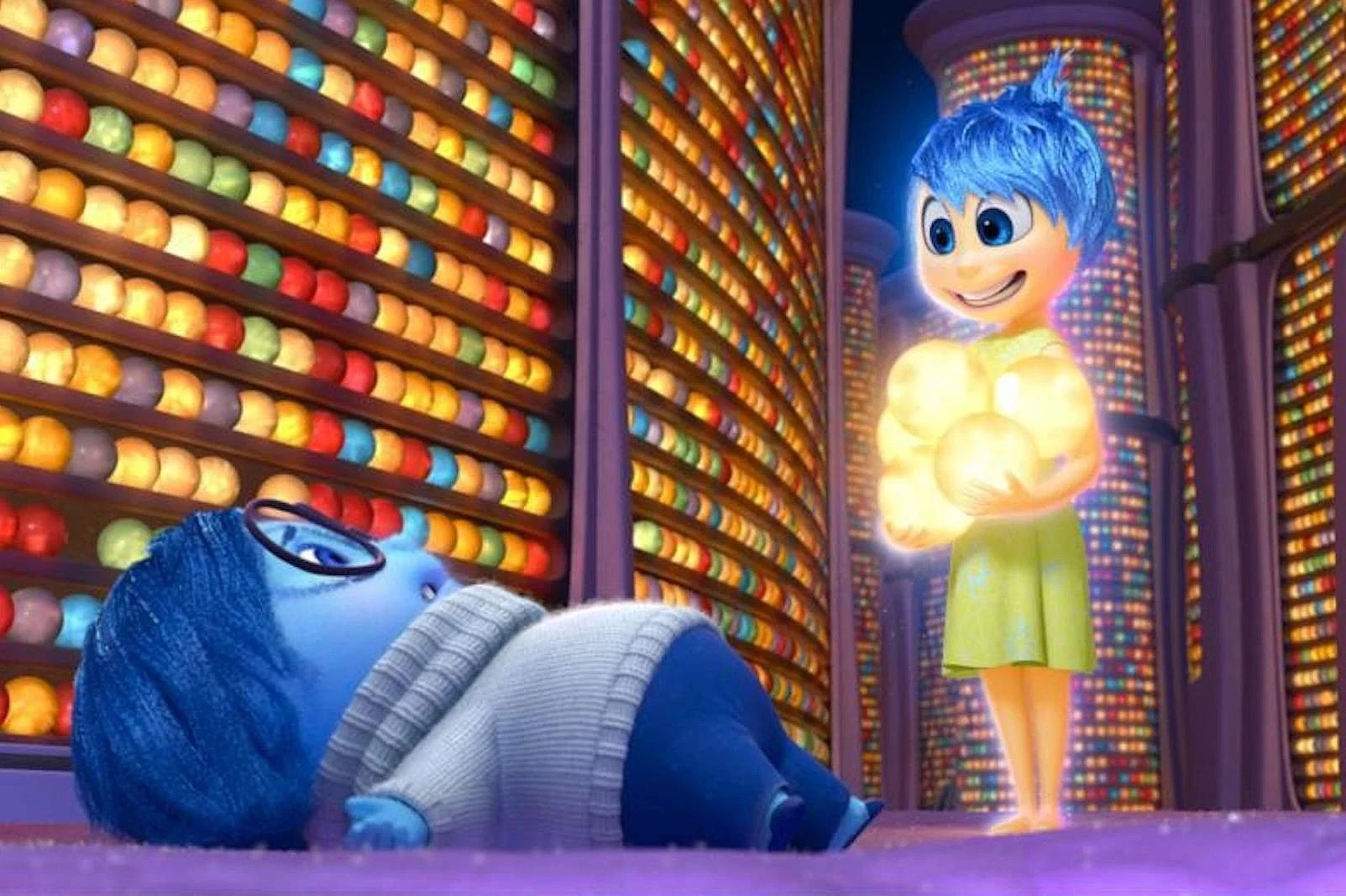
15. Inside Out (2015)
As a passionate film enthusiast, I’ve always admired Pete Docter’s remarkable talent that blossomed even before he became Pixar’s creative head. He was a gifted writer for classics like Toy Story, Toy Story 2, and WALL-E, and directed some of the studio’s finest productions: Monsters, Inc., Up, and Inside Out. This latter movie, with its ingenious narrative about an 11-year-old girl’s inner life, is a standout.
When Riley and her family move from Minnesota to San Francisco, her world turns upside down, sparking a struggle within her as her brain’s personified emotions wage a battle. The design of Riley’s brainscape is nothing short of imaginative; each shot in every scene offers something intriguing to behold.
However, what truly sets Inside Out apart is its profound wisdom. It delves deep into the significance of sadness and grief in our lives, making it one of the most insightful films ever created on this topic.

14. The King of Kong: A Fistful of Quarters (2007)
The game Donkey Kong serves as an apt symbol for life’s challenges. It is mercilessly tough and often painful, with success seemingly arbitrary regardless of one’s skillset. Fortune can favor you at times, while other times you may find yourself flattened by a rolling barrel hurled by a cruel gorilla who has abducted your girlfriend. Regardless of how well you perform – even if you set the highest score ever – you ultimately meet your end. There is no triumph, only demise. Additionally, you might encounter a cunning mustard king with a mullet. Essentially, The King of Kong transcends being merely a film about two men vying for the title of the top Donkey Kong player; it delves into the essence of life itself.
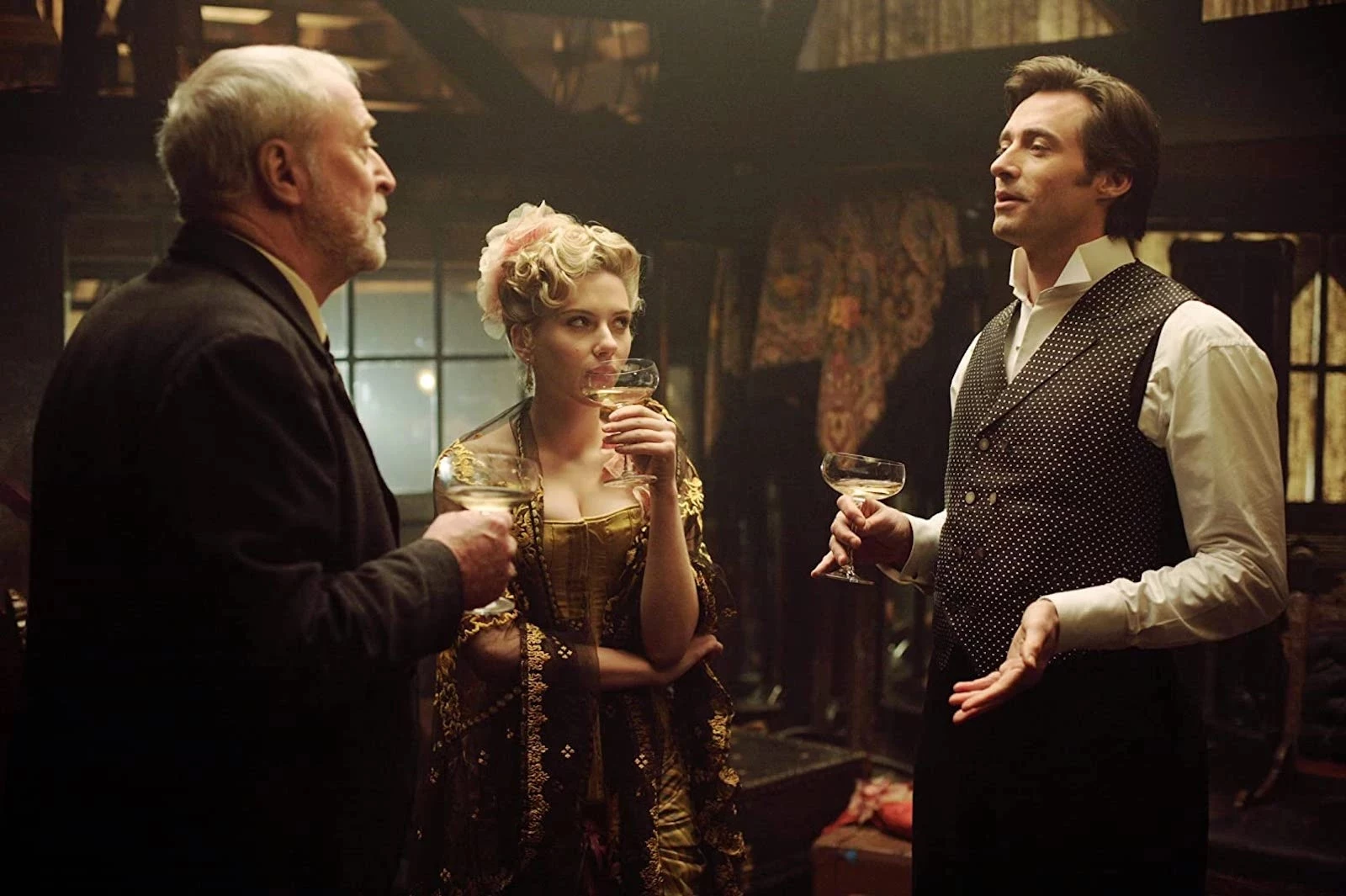
13. The Prestige (2006)
Are you paying attention?” – The Prestige
The movie, ‘The Prestige’, masterfully combines all of Christopher Nolan’s signature techniques (intricate time structures, unexpected plot twists) and recurring motifs (ethically questionable protagonists, deceased spouses) to craft a tale that is more impactful than the individual elements suggest. In Victorian London, Christian Bale and Hugh Jackman portray two competing magicians whose rivalry pushes them to unprecedented heights – and the brink of murder. This film weaves a series of stories within stories, delving into the idea of artists making sacrifices for their craft and the duality of good and evil lurking within every individual. Despite knowing ‘The Prestige’s’ shocking revelations, it remains an enjoyable watch, offering fresh insights with each viewing as you discern how Nolan skillfully foreshadows each plot development – if you are indeed paying attention closely enough.
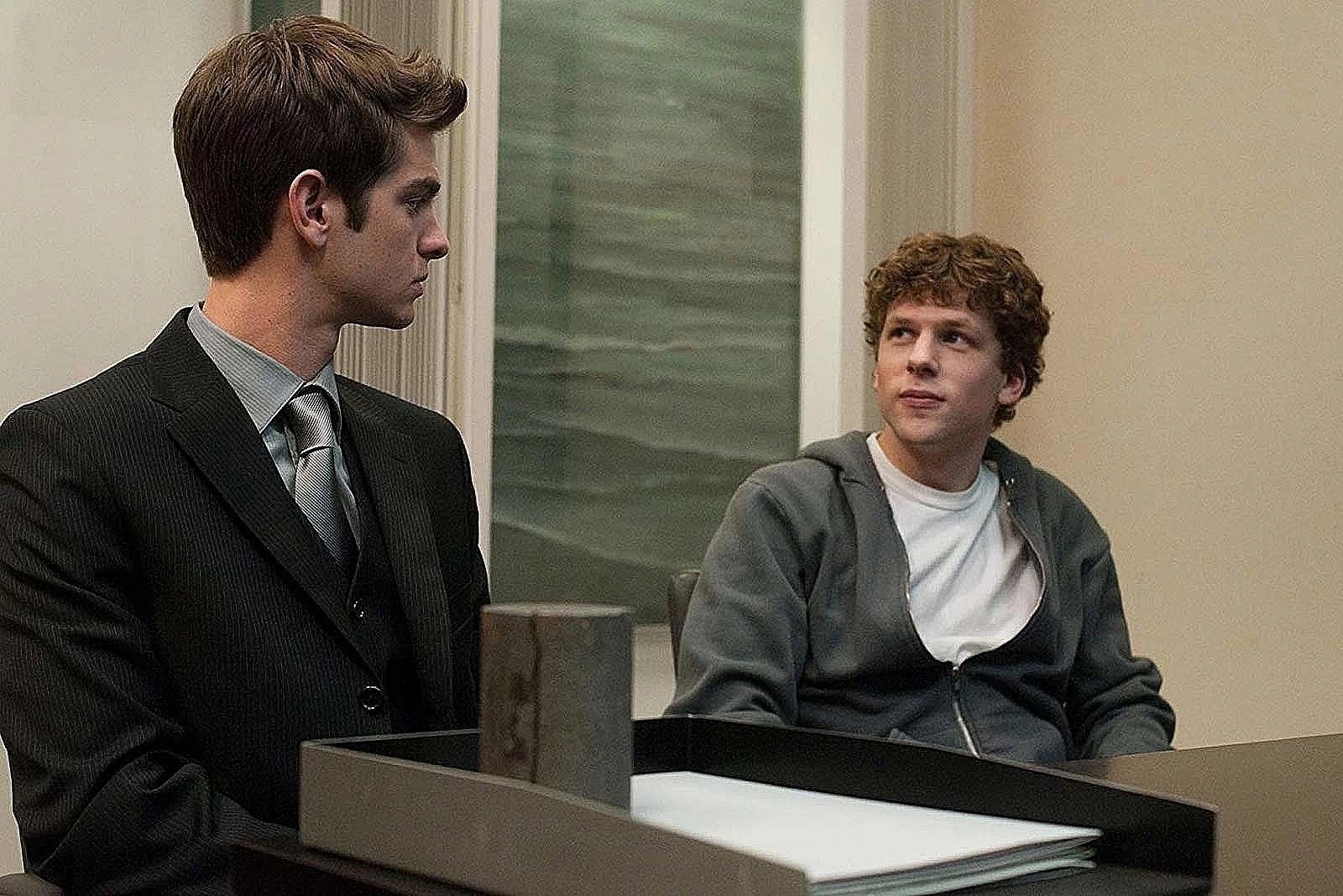
12. The Social Network (2010)
In this film, directed by David Fincher and written by Aaron Sorkin, the authenticity of their portrayal of Facebook’s origins may be debatable, but there’s no denying they expertly depicted a particular type of man, embodied by Jesse Eisenberg as Mark Zuckerberg: Intelligent, resentful, self-important, and yearning for affection and validation. (While some found Fincher’s choice to make a film about Facebook in 2010 puzzling, it’s now evident that it was his spiritual successor to Fight Club, another tale of a disgruntled, isolated man who finds that unleashing his wrath on society leads to unanticipated results.) The crux of the entire movie lies in the casting of Justin Timberlake, a real-life musician, as Sean Parker, the founder of Napster (and early Facebook executive), who serves as Mark Zuckerberg’s equivalent of Tyler Durden. Timberlake bears such a striking resemblance to Eisenberg (even down to the curly hair) that they could be brothers – if one hit the genetic jackpot and the other rolled double snakes. That’s who Mark aspires to be, and he’s almost there.
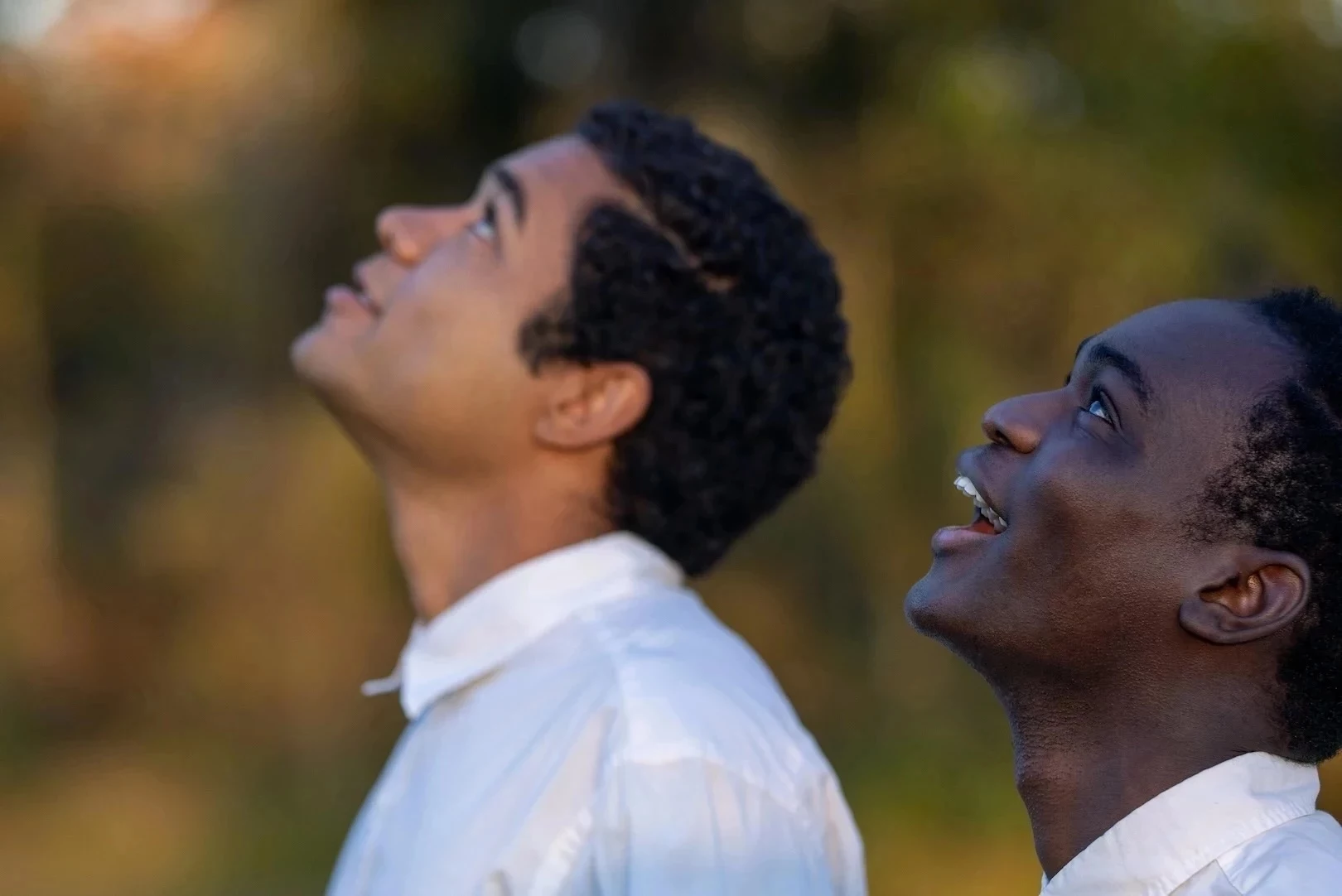
11. Nickel Boys (2024)
In this line of work, one doesn’t often encounter films that seem fresh and pioneering, venturing into uncharted territories for the medium. However, every now and then, a gem like “Nickel Boys” emerges. This is not just an original piece but a bold one, boasting a unique perspective – or in this case, two distinct viewpoints.
The reason being that co-screenwriter and director RaMell Ross took a daring approach by shooting most of the adaptation of Colson Whitehead’s Pulitzer Prize-winning novel through point-of-view shots from the perspectives of its main characters. The extraordinary POV camerawork of Ross and cinematographer Jomo Fray immerses the viewer into the minds and experiences of two young men enduring a Florida reform school in the 1960s. (It’s bewildering to me that Fray wasn’t nominated for a Best Cinematography Oscar.) When executed incorrectly, such a technique can become a bothersome gimmick. In Ross’ capable hands, it feels like you’ve peered into a new world, and perhaps even glimpsed the future of cinema.

10. Past Lives (2023)
In this poignant and emotional drama, we delve into the unseen influences guiding our lives, often referred to as fate, destiny, or simply in-yun. These mysterious forces draw individuals together while simultaneously pushing them apart, much like magnets subjected to ever-changing attractive and repulsive forces according to physics’ immutable laws. The narrative revolves around two characters: Nora (Greta Lee), a writer, and Hae Sung (Teo Yoo), an engineer. Their connection is so profound that they find themselves unable to stay apart, yet unable to remain together. They cross paths multiple times: as children, college students, and adults. Each encounter occurs amidst changing surroundings, but their primary relationship endures, despite Nora being married to an American named Arthur (John Magaro) by the third time. The question arises: Will Nora stay with her husband, or is she destined for Hae Sung? The conclusion of this subtle love triangle will leave you deeply contemplating the decisive moments and choices that have molded your own life, even when their significance only becomes apparent in retrospect.
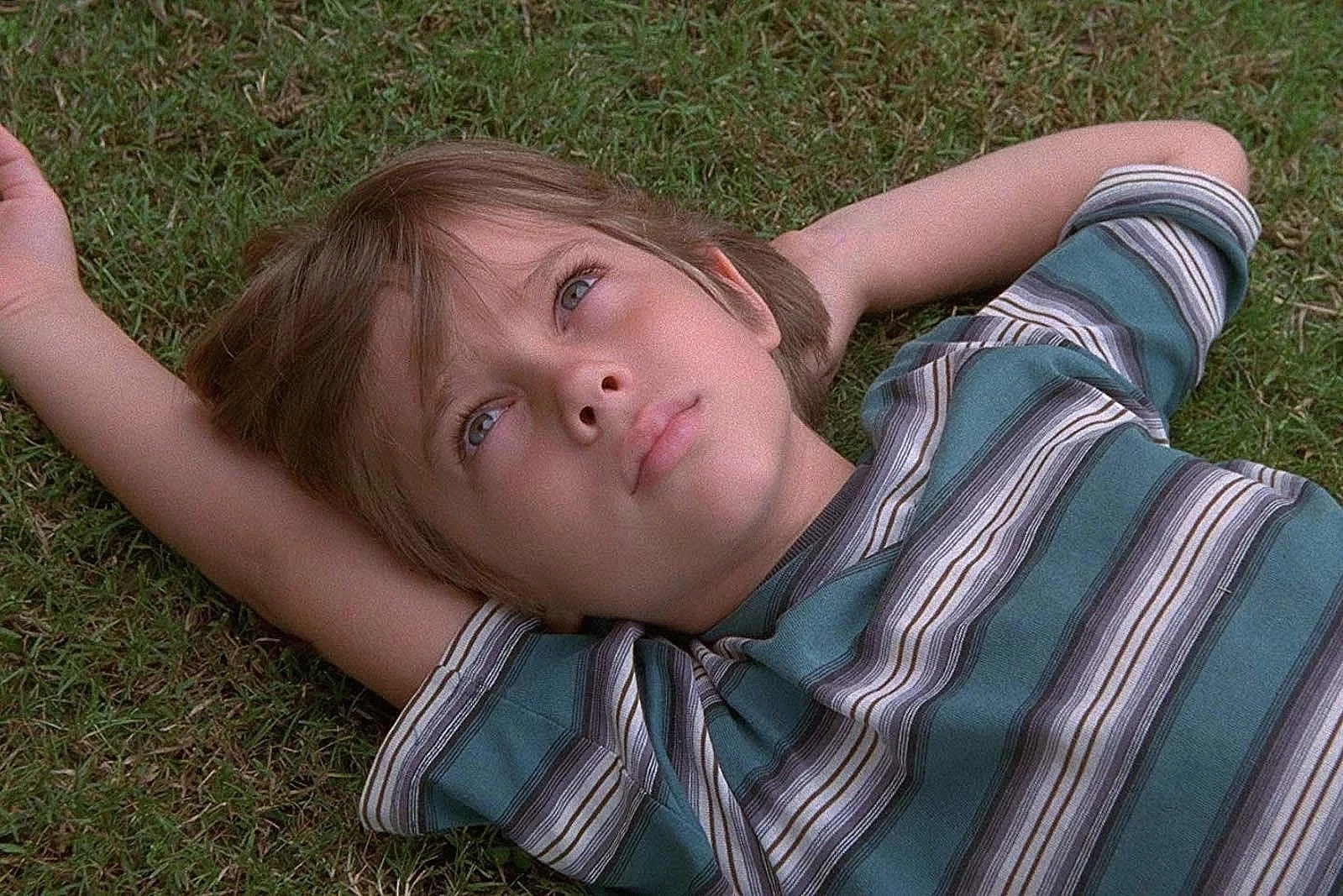
9. Boyhood (2014)
Every year for twelve consecutive years, Richard Linklater, along with a limited cast and crew, secretly filmed segments of the lives of a young boy (Ellar Coltrane), his single mother (Patricia Arquette), and her precocious sister (Lorelei Linklater). Some may view this film as merely Linklater’s autobiographical experiment, but it turned out to be an extraordinary chronicle – or a collection of time capsules – capturing the essence of American life during the early 21st century. The movie beautifully portrays the love, heartache, and sacrifices experienced by this specific family. Time is an integral aspect in all films, but Boyhood has a unique bond with it. As we witness the actors grow older on-screen, certain scenes become even more touching, while others gain deeper emotional resonance. When Arquette delivers her final monologue about her life experiences, she does so with the weight of twelve years of genuine joy and hardship behind her. The late, esteemed film critic Roger Ebert once said that we “live in a box of space and time. Movies are windows in its walls.” I can’t help but feel that Boyhood offers an unparalleled view through those windows.
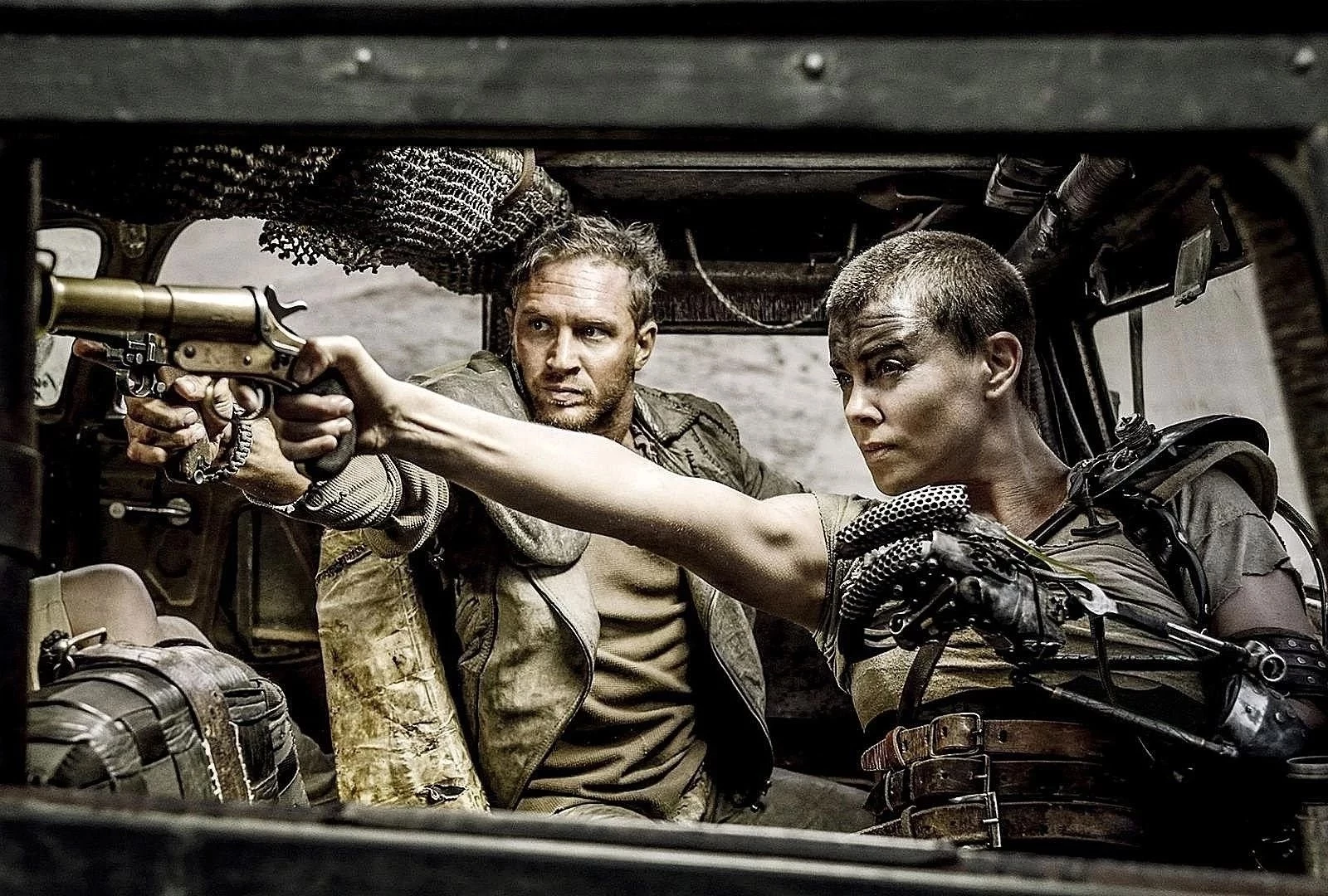
8. Mad Max: Fury Road (2015)
The movie “Mad Max: Fury Road” stands out as the most extraordinary car chase film of this era, but it’s not just about high-speed chases. It’s also deeply spiritual and even Biblical in nature. Think of it as a modern-day exodus from Sodom and Gomorrah, seeking a new paradise. The journey is led by the legendary Imperator Furiosa, portrayed by Charlize Theron, with Tom Hardy’s enigmatic Max serving as their guide through the desolate wasteland. He will help them find safety, but he himself cannot share in their sanctuary. George Miller’s masterful chaos serves as a testament that action films can be both exhilarating and intellectually stimulating. If anyone tries to argue otherwise, you can confidently say, “That’s preposterous.
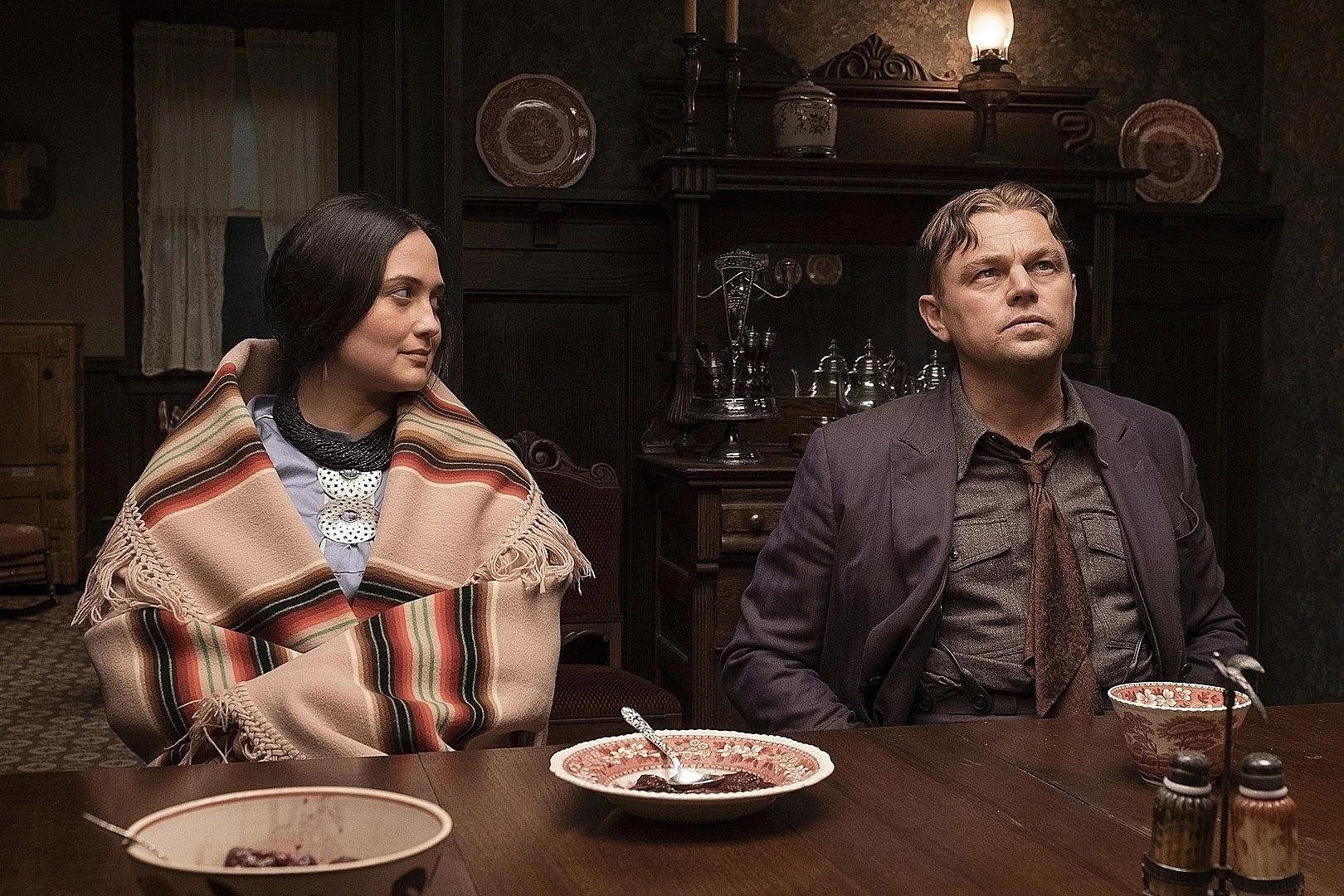
7. Killers of the Flower Moon (2023)
At over 80 years old, Martin Scorsese continues to challenge himself and his viewers, eliciting exceptional performances from actors, while delving once more into themes that have marked many of his masterpieces: the allure and destructive force of wealth, the shadows and sorrow hidden within American history. The narrative this time revolves around the “Reign of Terror” that claimed the lives of numerous members of the Osage Nation in the 1920s, following their control of oil-rich lands in Oklahoma which made them a target for their white neighbors, including one (Leonardo DiCaprio as Ernest Burkhart) who is married to an Osage oil millionaire (Lily Gladstone’s Mollie). It seems I say this with each new Scorsese film release, but it may be truer than ever for Killers of the Flower Moon. If this turns out to be his final film, it would serve as a fitting finale to an extraordinary career.

6. The Diving Bell and the Butterfly (2007)
2007 saw a multitude of remarkable films, but among them, one stands out as deeply significant to me – “The Diving Bell & The Butterfly”, directed by Julian Schnabel. This film is an adaptation of Jean-Dominique Bauby’s memoir detailing his experience with locked-in syndrome. Bauby’s tale, and Schnabel’s interpretation of its poignant message about embracing life fully, left a lasting impact on me. Leaving the cinema, I found myself making plans to propose to my girlfriend. Thirteen years and two children later, I still consider that decision to be quite sound. Upon rewatching it recently, I can attest that its impact remains as potent as ever.

5. Zodiac (2007)
David Fincher’s film, “Zodiac,” delves deeper than just a serial killer narrative. It offers a journey spanning several decades in San Francisco, seen through the perspectives of three individuals: a police inspector (Mark Ruffalo), who is said to have inspired the movie “Bullitt,” a crime reporter from the San Francisco Chronicle (Robert Downey Jr.), whose writings made him a target of the Zodiac Killer, and an amateur detective, Robert Graysmith (Jake Gyllenhaal), who remains obsessed with solving the case long after the murders have ceased.
What “Zodiac” excels at, perhaps more effectively than any other movie, is portraying the relentless grip of an obsession that refuses to be shaken off. Fincher masterfully engages viewers in this intricate web of clues and false leads with his exceptional cinematography and editing techniques. By the end of “Zodiac,” as it circles back to its opening moments after 157 tense minutes, every spectator shares the same feeling as Robert Graysmith: a profound understanding of his unrelenting fixation.

4. Inside Llewyn Davis (2013)
Viewed from a particular perspective, all films made collaboratively by Joel and Ethan Coen can be considered duets. “Inside Llewyn Davis” serves as their musical duet, exploring not only the folk scene of New York in the early 1960s but also delving into the string of small tragedies that afflict a talented musician (Oscar Isaac, making a breakthrough performance) following his partner’s demise. It’s hard not to see this as more than coincidental that Llewyn’s voice and guitar playing are captivating, yet his most poignant song is “Fare Thee Well.” And it simply lacks the same resonance when played solo.

3. Lady Bird (2017)
Greta Gerwig’s film, “Lady Bird,” is structured around various pairs: The main character goes by two names, and throughout the movie, she has two romantic interests, two close friends, and so on. The narrative unfolds over two school terms, each featuring its own play. There are two dances, two parties, two significant parental relationships, and two colleges she applies to, as well as two churches she regularly attends. All these elements make “Lady Bird” a deep movie about choices – choices that, at Lady Bird’s age, seem like the most important decisions one could ever face. In many respects, they truly are.

2. Take Shelter (2011)

1. Once Upon a Time in Hollywood (2019)
Rick Dalton and Cliff Booth encounter producer Marvin Schwarz at Musso & Frank Grill, where Marvin proposes Rick star in Italian Westerns. However, Rick is far from enthused; he’s disheartened, feeling his career has reached its end. As soon as they step outside, Rick weeps profusely. Quentin Tarantino expertly maneuvers the camera low and sweeps upward, capturing the Musso & Frank Grill sign towering over the dejected Rick and Cliff. Beneath the restaurant’s name on the sign is a poignant reminder: “Oldest in Hollywood.”
In simpler terms, Rick feels like his career is at an end after being offered Italian Western roles, even though he has a few years left. The film Once Upon a Time in Hollywood is exceptional, with details like the Musso & Frank Grill sign serving as poignant reminders of both a tumultuous era and a rapidly fading artistic medium.
The Best Actually Scary Zombie Movies

1. 28 Days Later (2002)
As a passionate movie enthusiast, I can confidently say that “28 Days Later,” directed by Danny Boyle, may not fall under his original categorization of zombie films, but it certainly sparked a global resurgence in interest for this subgenre. To this day, it stands as one of the most chilling and effective entries within the genre. The story unfolds just over four weeks after a lethal “Rage Virus” ravages Great Britain’s populace. I, as a bicycle courier named Jim, find myself waking up from a coma in a hospital bed, only to be plunged into a post-apocalyptic nightmare that I and a few other survivors yearn to flee. Contrary to our previous conceptions of zombies, the infected here are not slow, shuffling creatures; instead, they are blazingly fast and savagely violent beings whose bites can transform victims into members of the undead horde in an instant.

2. The Evil Dead (1981)
In Sam Raimi’s early work, the zombie genre film “The Evil Dead” stands out as a terrifying piece compared to his later comedic offerings. The story revolves around a group of college students who unwisely play a tape summoning the dead in a secluded cabin. This act unleashes a horde of demons, each taking the life of a student and then inhabiting their corpses. As the movie progresses, the protagonist, Ash Williams (portrayed by Bruce Campbell), and his companions endure an array of grotesque scenes, such as zombie trees and vicious “Deadites” with decaying flesh and glowing eyes, all conceived by Raimi and his team of special effects artists.

3. The Girl with All the Gifts (2016)
In recent times, fungus zombies have gained popularity, largely due to the video game series “The Last of Us” and its TV adaptation. However, among the limited number of films featuring fungus zombies, “The Girl with All the Gifts” stands out as one of the most somber. After mankind was overrun by a fungal parasite that transformed its victims into ravenous ‘hungries’, a group of remaining humans were conducting experiments on children who were born infected but retained their cognitive abilities. One such child, named Melanie (Sennia Nanua), eventually concludes that these experiments are futile and believes that her kind – the intelligent infected who can suppress, to an extent, their appetite for flesh – are destined to inherit the Earth once humanity perishes.

4. I Am Legend (2007)
In the chilling blend of vampire and zombie horror, the movie “I Am Legend” crafts its antagonists by leveraging the most terrifying aspects from both genres. The film’s villains, known as “Darkseekers,” are the result of a cure for cancer gone wrong, transforming into lethal undead beings. Unlike the mindless undead in traditional zombie tales, these Darkseekers display intelligence and coordination, hunting in groups, setting traps, and even rescuing their own kind from perceived threats (humans). What makes them truly chilling is not just their bloodthirsty nature, but also their self-awareness as they transform into mutated bloodsuckers. This level of consciousness could potentially make the experience of becoming a Darkseeker even more terrifying than the alternative.

5. Night of the Living Dead (1968)
50 years ago, I came across a movie that’s not just old but also the originator of countless zombie films since – George A. Romero’s “Night of the Living Dead.” Despite its age, it still sends chills down my spine. The horror isn’t solely due to the shambling undead, but rather the terrifying concept that every deceased individual rises from their grave and roams the earth. It’s a grim irony that the characters in the movie find themselves sheltering next to a cemetery, and it’s equally unfortunate that an apocalypse of this magnitude fails to bring unity among them, especially when they share their space with a Black man.

6. Pontypool (2008)
It’s astonishing how Orson Welles’ broadcast of “The War of the Worlds” caused nationwide panic, but after viewing “Pontypool”, this scenario seems more plausible. The entire movie takes place within a local radio station in Pontypool, Ontario, where the shock jock announces a riot at a doctor’s office where people were trying to eat each other. This turns out to be a viral outbreak that spreads through the English language itself. In such a scenario, how can you resist a horde of zombies if you can’t even communicate with your fellow survivors? “Pontypool” demonstrates that you don’t require a big budget or complex concepts to create a genuinely terrifying horror movie.

7. Rabid (1977)
Among David Cronenberg’s most disturbing and under-viewed films is his 1977 independent production, “Rabid.” This horror film combines elements of vampire and zombie genres with a unique twist on body horror. In the story, Marilyn Chambers plays Rose, a woman who endures a severe car accident resulting in grave injuries. She undergoes unconventional skin graft surgery which results in a grotesque new organ in her armpit and an insatiable thirst for human blood. As each of her victims are infected by this craving, they trigger turmoil across Canada as they go on a spree of vampirism. The movie draws inspiration from the fear of infectious diseases prevalent during the 1970s, as well as Cronenberg’s recurring themes of unsettling doctors and radical medical experiments. Rose is both a victim and an antagonist in this chilling tale.

8. Train to Busan (2016)
The film “Train to Busan” is an exhilarating example of a fast-paced zombie movie. What sets it apart isn’t just the infected zombies running and hunting, but also the rapid pace at which a zombie outbreak could potentially engulf a nation. In this case, the contagion sweeps across South Korea in merely a few hours. The majority of the action takes place within the confined space of a speeding train traveling from Seoul to Busan. As the story unfolds, we follow a band of passengers grappling with the spreading zombie horde throughout their country, as well as the increasingly dangerous undead companions within their own train, determined on their deadly pursuit.

9. The Wailing (2016)
Blending Eastern and Western mystical tales, with hints of the brutal past of colonization subtly woven in, The Wailing swaps frenetic zombie combat for an intense, chilling ambiance. Upon the arrival of a puzzling Japanese man in a remote South Korean village, a bizarre illness spreads, compelling its sufferers to brutally slaughter their loved ones. As the officer’s daughter contracts the affliction, he embarks on a quest to uncover the source of this phenomenon and whether it is linked to the arrival of the enigmatic Japanese man. However, as more grotesque supernatural occurrences unfold, he must grapple with the possibility that something deeply sinister and demonic is at play. Despite its absence of masses of undead dashing through urban landscapes, the film compensates by delivering hair-raising suspense and terror instead.

10. World War Z (2013)
In the literary work of Max Brooks titled “World War Z“, anecdotes from various parts of the world are compiled to chronicle a global zombie pandemic and its consequences. The movie version, however, follows a different narrative path, and despite receiving criticism for this alteration initially, it remains one of the most chilling zombie films ever made. In this cinematic interpretation, Brad Pitt portrays Gerry Lane, a former United Nations investigator, who journeys worldwide to aid the US Navy in finding a cure for the contagion, witnessing diverse stages of the outbreak at every destination. Essentially an action film with zombies as antagonists, it lacks the authenticity of the novel, yet the sequence featuring a horde of zombies amassing and scaling a towering wall leaves a lasting impression.
Read More
- Who Is Harley Wallace? The Heartbreaking Truth Behind Bring Her Back’s Dedication
- 50 Ankle Break & Score Sound ID Codes for Basketball Zero
- Here’s Why Your Nintendo Switch 2 Display Looks So Blurry
- 100 Most-Watched TV Series of 2024-25 Across Streaming, Broadcast and Cable: ‘Squid Game’ Leads This Season’s Rankers
- 50 Goal Sound ID Codes for Blue Lock Rivals
- Elden Ring Nightreign Enhanced Boss Arrives in Surprise Update
- How to play Delta Force Black Hawk Down campaign solo. Single player Explained
- Jeremy Allen White Could Break 6-Year Oscars Streak With Bruce Springsteen Role
- MrBeast removes controversial AI thumbnail tool after wave of backlash
- KPop Demon Hunters: Real Ages Revealed?!
2025-05-01 20:28